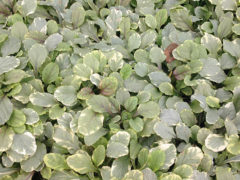
‘Burgundy Glow’ bugleweed
Ajuga reptans 'Burgundy Glow'
Blue flower spikes in spring above variegated white, green, and burgundy foliage. Tolerant of deep … Continued
Drought-tolerant and drought-resistant plants may still need supplemental water from time to time, but they can survive periods of dryness without dying.
Drought-resistant plants like cactus, hens and chicks, and sedums can go for very long periods without water and do not tolerate poorly drained locations. Drought-resistant tropical plants grown indoors in winter like cactus, Sansevieria, Echeveria, and other succulents sometimes fail due to overwatering.
Drought-tolerant plants grow in many textures and sizes and have different adaptations that help them get through periods of drought:
The latter two types of plants are drought tolerant once established because any new planting, regardless of drought tolerance, needs to be watered during the first growing season to allow roots to reach the depths needed to access moisture during dry periods.
It’s also important to note that survival may not mean that the plant will look its best during this time. Watering weekly for a longer period of time will result in the best-looking gardens with the highest tolerance for drought. During the hottest, dryest times in summer, watering deeply twice a week is recommended. These less frequent waterings will encourage root systems to expand, making it easier for plants to access moisture when their environment is dry.
Winter drought has become a bigger problem in recent years as snowfall declines. Evergreen plants are especially vulnerable during winter drought because their foliage continues to shed moisture while dormant deciduous plants have shed their leaves and can conserve moisture in woody stems and underground. Watering shrubs and trees in winter on days when the temperature allows (above freezing) will help ensure their healthy return in spring.
Here are some drought-tolerant and drought-resistant plants to grow—

Ajuga reptans 'Burgundy Glow'
Blue flower spikes in spring above variegated white, green, and burgundy foliage. Tolerant of deep … Continued
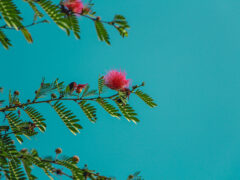
Albizia julibrissin
Native to southwestern and eastern Asia, this deciduous tree makes a statement with its powder-puff … Continued
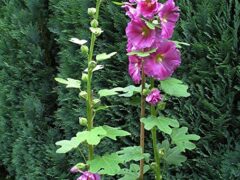
Alcea ficifolia
This less-known variety of hollyhock is native to Siberia and was introduced at the end … Continued
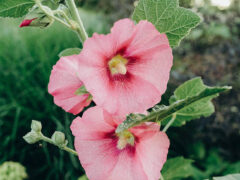
Alcea rosea 'Single' mix
This easy-to-grow heirloom garden plant thrives in average soil in full sun to partial shade … Continued
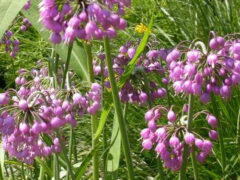
Allium cernuum
Easily grown in average soil in full sun to light shade. Plants naturalize by self-seeding … Continued
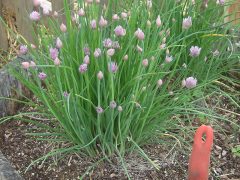
Allium schoenoprasum
Mild onion flavor. Can be used fresh in salads, or can be frozen or dried … Continued
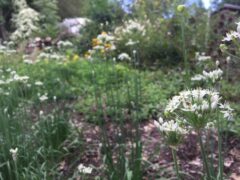
Allium tuberosum
White flowers self-seed and make an easy low maintenance filler winding through perennial borders. Dried … Continued
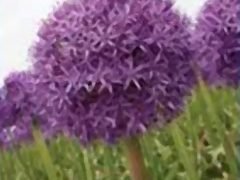
Allium ‘Globemaster’
The biggest and best Allium! Silvery purple florets form huge, 8–10″ flower globes of purple … Continued
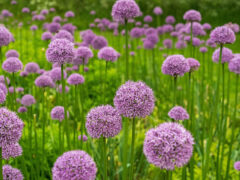
Allium 'Millenium'
A hybrid ornamental onion. Each bulb produces an upright clump of slender, grass-like foliage 6-12” … Continued
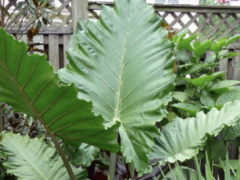
Alocasia 'Portora'
This is the easiest Alocasia to grow! Giant green leaves are held upright with scalloped, … Continued
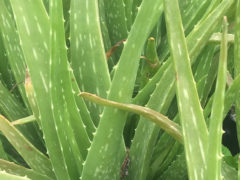
Aloe vera
Split open a leaf and apply the clear gel directly to minor burns, wounds, dry … Continued
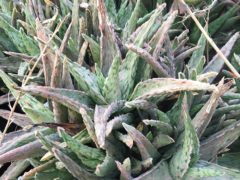
Aloe ‘Pink Blush’
Aloe ‘Pink Blush’ has strappy green leaves heavily textured in light green raised lines with pink ridges. … Continued